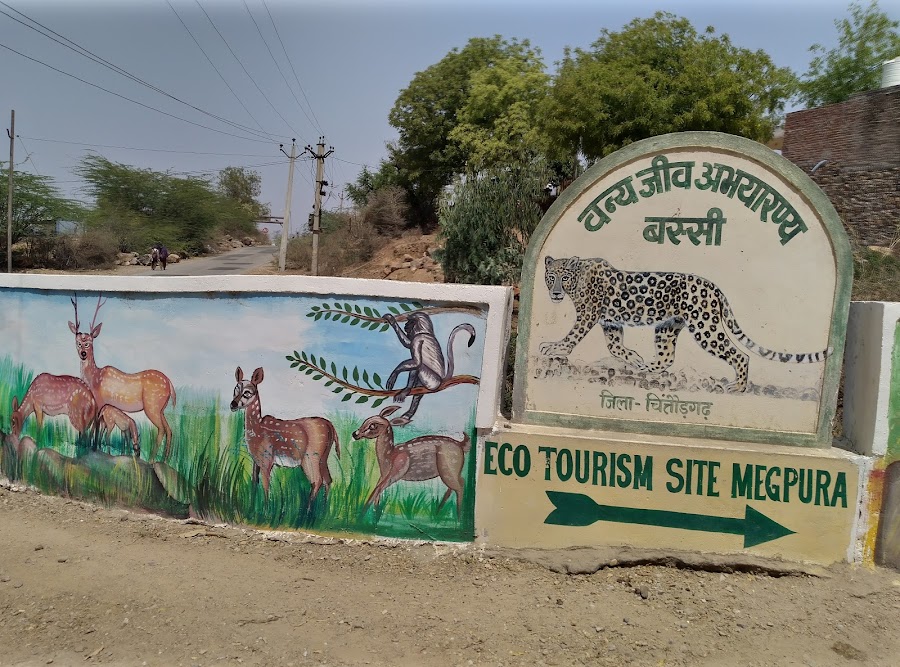
Wildlife Sanctuary Bassi
Chittorgarh, India
- Bird watching with binoculars.
- Explore local flora and fauna.
- Jeep safari through the sanctuary.
- Nature walk and trail exploration.
- Picnic amidst the natural setting.
- Wildlife photography.
Known for:
Description:
Bassi Wildlife Sanctuary, situated near Chittorgarh, Rajasthan, offers a serene escape into nature. Spread across a diverse landscape of dry deciduous forests and scrubland, it's a haven for wildlife enthusiasts and birdwatchers. The sanctuary is home to a variety of animals, including panthers, chinkaras, wild boars, and a rich avian population. While the sanctuary isn't known for its large mammal sightings, the tranquil environment and opportunities for nature walks make it a worthwhile visit. The landscape is dotted with water bodies, which attract a variety of bird species, especially during the migratory season. It provides a refreshing contrast to the historical forts and palaces that dominate the Chittorgarh region, offering a peaceful retreat for those seeking respite from the bustling city life. The sanctuary is relatively less crowded, allowing for a more intimate experience with nature.
History:
The Bassi Wildlife Sanctuary was officially established to protect the region's flora and fauna and to conserve the natural ecosystem. While specific historical events related directly to the sanctuary's formation are scarce, its establishment reflects a broader effort in India to protect and preserve its natural heritage. Before its official designation, the area likely served as a hunting ground for local rulers. The sanctuary's creation helped to curb hunting activities and promote conservation. Over the years, the sanctuary has faced challenges related to habitat degradation and human-animal conflict. However, ongoing efforts are being made to manage the sanctuary sustainably and involve local communities in conservation initiatives.